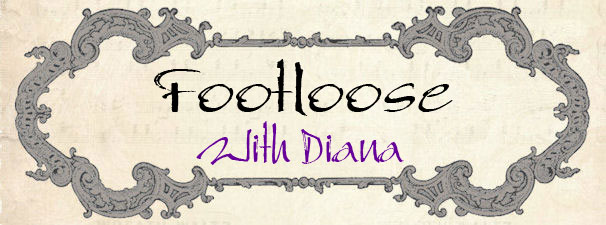
 The ruins of the Temple of Apollo, which lasted from the 4th century BC until 390 A.D., when the Christian emperor Theodosius silenced the oracle by destroying the temple and most of the statues and works of art in the name of Christianity.
The ruins of the Temple of Apollo, which lasted from the 4th century BC until 390 A.D., when the Christian emperor Theodosius silenced the oracle by destroying the temple and most of the statues and works of art in the name of Christianity.
 From Wikipedia: Apollo spoke through his oracle: the sibyl or priestess of the oracle at Delphi was known as the Pythia; she had to be an older woman of blameless life chosen from among the peasants of the area. She sat on a tripod seat over an opening in the earth. When Apollo slew Python, its body fell into this fissure, according to legend, and fumes arose from its decomposing body. Intoxicated by the vapors, the sibyl would fall into a trance, allowing Apollo to possess her spirit. In this state she prophesied. It has been postulated that a gas high in ethylene, known to produce violent trances, came out of this opening, though this theory remains debatable.
From Wikipedia: Apollo spoke through his oracle: the sibyl or priestess of the oracle at Delphi was known as the Pythia; she had to be an older woman of blameless life chosen from among the peasants of the area. She sat on a tripod seat over an opening in the earth. When Apollo slew Python, its body fell into this fissure, according to legend, and fumes arose from its decomposing body. Intoxicated by the vapors, the sibyl would fall into a trance, allowing Apollo to possess her spirit. In this state she prophesied. It has been postulated that a gas high in ethylene, known to produce violent trances, came out of this opening, though this theory remains debatable.This stone bears the marks of a tripod, with a larger hole to the right, through which the fumes would have risen:


No comments:
Post a Comment